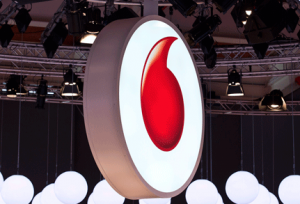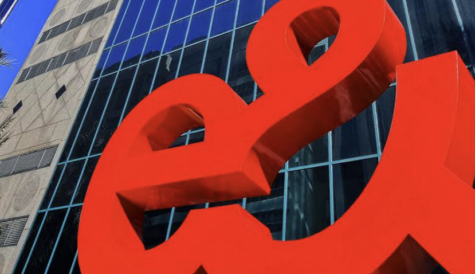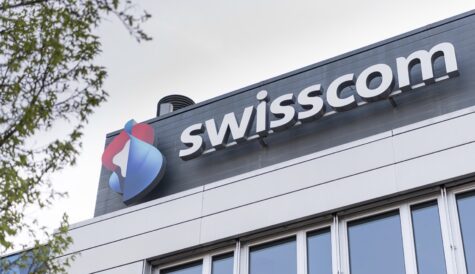Zegona’s network options for Vodafone Spain

Source: Vodafone
Breaking up is hard to do, according to the Neil Sedaka song. But for telecom operators it is increasingly fashionable.
The splitting of telcos into ‘service’ and ‘infrastructure’ arms is now a standard move by telco owners keen to maximise the value of their assets for a sale, or to make them more attractive to those ploughing in cash with a more coherent investment case.
UK investor Zegona Communications has joined the throng by revealing that it is considering the possibility of divesting Vodafone España’s fixed network into a new ‘Netco’ vehicle if and when it completes its acquisition of the Spanish operator.
The move would lead either to the sale of the network to an outside investor or to merge it with the network of an existing Spanish operator such as the combined Orange/MásMóvil or Telefónica.
If a Zegona-owned Vodafone goes ahead with a split on these lines, it will be following a now well-trodden path. A number of telco owners have taken the plunge. Among those with a cable legacy like Vodafone, Liberty Global has shown itself highly flexible in adopting different models depending on the circumstances in particular markets, with the creation of ‘Netcos’ in the UK and Belgium taking fibre-build programmes off the balance sheets of operator Virgin Media O2 and Telenet. (It is worth noting, however, that these ‘Netco’ moves on the part of Liberty Global operating companies involve fibre assets, a point we will return to below.)
In Italy, meanwhile Telecom Italia is in the process of attempting to sell its infrastructure to private equity outfit KKR, drawing down the wrath of its biggest shareholder Vivendi.
The example of TIM shows that Netco transactions aren’t always plain sailing. However, Netcos generally make sense when they have a strong anchor customer in the form of the related-party service company.
That would apply to a certain extent in the case of Vodafone España, where a Serveco with an established footprint would be the key wholesale customer to a Netco.
In information submitted to the London Stock Exchange and in its prospectus for the acquisition, Zegona said that a netco transaction in the form of a sale of the network to an outside infrastructure investor would likely require an upgrade of the existing Vodafone HFC network to full fibre and would in theory have a value of about €2 billion to the group.
Zegona separately estimated that a deal involving a merger with an existing network could in theory deliver value of up to €3.5 billion based on an analysis of similar transactions.
The €3.5 billion figure in the case of merger may be calculated on the presumption that a full network upgrade to fibre would not be necessary to effect a sale. If so, that may be optimistic.
DTVE Week in View has previously discussed the merits of DOCSIS upgrades versus a switch to full fibre. In a European context, we concluded that for most operators, upgrading to full fibre makes sense. While the benefits to consumers are moot at this point, the upgrade path to full fibre is generally competitive with an upgrade to DOCSIS 4.0, for example. Liberty Global favours fibre in most cases, including the UK, while looking to maximise the value of its existing DOCSIS 3.1 network in Switzerland and the Netherlands (perhaps looking to upgrade the latter to DOCSIS 4.0 only from 2025).
In the case of Vodafone España, approximately 10.7 million of its homes passed are supported by its wholly-owned high-speed network, of which 6.8 million were on HFC and 3.2 million on FTTH (with an additional 0.7 million homes having converged services with both technologies) as of March of this year.
Future-proof technology
Netco splits have tended to work best when the network in question has a competitive advantage. In the case of HFC networks, that advantage is diminished where they are in direct competition with FTTH. Cable is simply seen as a less future-proof technology, irrespective of its ability to deliver the kind of speeds consumers are willing to pay for today.
One reason why cable operators in Europe may look to fibre – apart from the fact that the upgrade path is competitive with DOCSIS upgrades – is that a future netco split would be more likely to deliver value if the network is an FTTH one.
While MásMóvil, the most likely network merger partner for Vodafone in Spain, also has in part an HFC network (through its acquisition of Euskaltel, in which Zegona was formerly the controlling shareholder), there is no reason to suppose that its view of the merits of fibre vs DOCSIS would be different from any other partner, such as Telefónica. Its merger with Orange, if it goes through, will give it a significantly bigger fibre footprint.
One irony in this is that Vodafone España was an early adopter of distributed access architecture – the cable access network upgrade that is a necessary precursor to DOCSIS 4.0 rollouts. In the case of Vodafone, it opted to combine a DOCSIS 3.1 rollout with the adoption of Huawei’s then highly advanced Remote MACPHY-based D-CCAP. However, that choice has proved over time to be something of a drive up a technology cul-de-sac, with Huawei terminating the product line.
Vodafone under Zegona ownership may therefore be faced with some hard choices, with acceptance of the need for a full-fibre upgrade the most likely outcome.
While the Spanish case has its own particularities, the rule probably holds that cable operators in general looking to a netco/serveco split-up will face a similar dilemma. For HFC cable operators, breaking up is just that bit harder to do.



